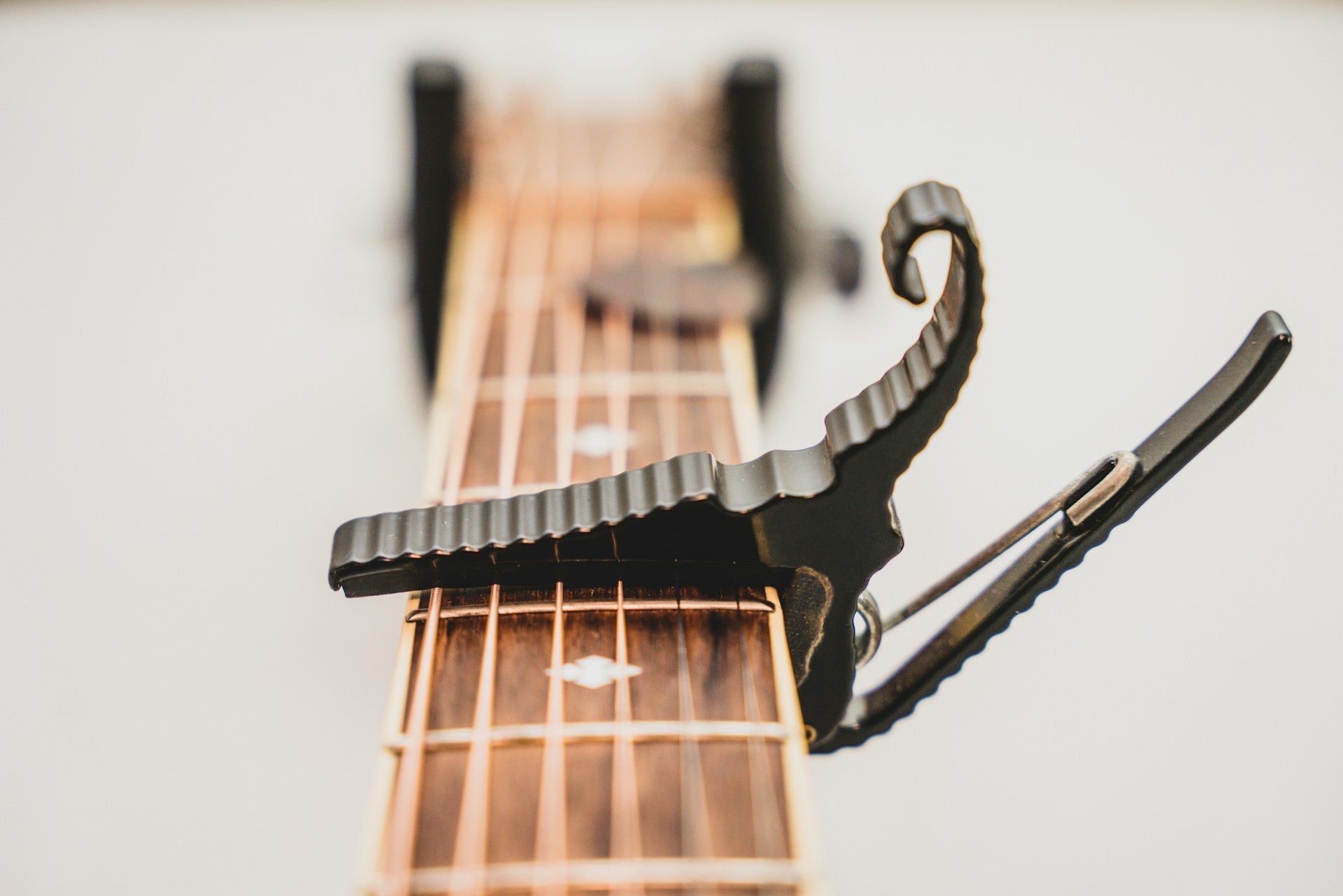
Resolving Intonation Issues With Your Capo On Classical Guitars
When playing a classical guitar, having clear and perfect sound is super important. Unfortunately, when using a capo, many players often face intonation issues that can lead to their music sounding off-key. These issues can become frustrating, especially when precise tuning means everything to the performance. Whether you're playing in a quiet coffee shop or in front of friends and family, knowing how to overcome these hurdles ensures your classical guitar always sounds its best.
Finding the right capo can help improve the quality of your music. It's more than just a simple tool; it's about understanding which capos work best for classical guitars and why. By learning about intonation difficulties and how different types of capos can impact your guitar, you'll set yourself up for success. This process may seem a bit challenging, but with some knowledge about intonation and how to manage it, you'll feel more confident in your musical pursuits.
Understanding Intonation Issues
Intonation is all about how accurately a guitar produces the correct pitch when you press down on the frets. In simpler terms, it's making sure your guitar sounds right, no matter where or what you play. For classical guitar players, achieving perfect intonation is key for each note and chord to be in harmony. When problems arise, it may be due to several reasons that you might not even think about at first.
Let's look at some common reasons intonation issues happen with capos:
1. Uneven Pressure: A capo that doesn't evenly press down on all the strings can cause some of them to sound sharp or flat.
2. Neck Shape: Classical guitar necks are different, and if the capo doesn't fit well, it may not press correctly.
3. String Type and Tension: Some strings need more tension than others, and a capo that isn't designed for this can mess things up.
By focusing on these points, you'll better understand why your guitar might not sound just right. Knowing these details lets you go forward and make good choices on how to fix things, leading to better sound in the future.
Selecting the Right Capo
Choosing the right capo plays a big part in managing intonation issues with classical guitars. Different guitars have different needs, and a capo that works for one may not work for another. Start by considering the capo's material and design. Capos made from lightweight aluminum are usually great for classical guitars as they don't add unnecessary weight. You’ll also want to think about the capo's clamping mechanism; some offer adjustable tension, which gives you more control over the pressure applied to the strings.
Here are some factors to think about when picking a capo:
1. Material: Choose something light but durable.
2. Tension Adjustment: Look for capos that let you change the tension to suit your guitar's strings.
3. Ease of Use: Consider how quickly and easily you can move the capo up and down the fretboard.
Understanding how different capo types affect intonation is also key. For instance, a spring-loaded capo might exert too much pressure, whereas a screw-adjustable one provides more flexibility. By learning about these differences, you'll be in a better position to make an informed decision.
Proper Capo Placement
Once you've got your capo, knowing where to place it makes all the difference. Proper placement means not just clamping it down on any fret, but positioning it carefully. Here's a quick guide to placing your capo effectively:
1. Position the capo right behind the fret. Avoid placing it directly on top.
2. Ensure equal pressure across all strings to avoid bending them out of tune.
3. Check for buzzing or muted notes, and make small adjustments if needed.
If you notice any strings sounding off, try slightly adjusting the capo's position. This can often fix intonation issues immediately. Getting this placement right is a simple way to ensure better sound quality every time you play.
Addressing Intonation Problems
Even with the right capo and placement, problems can still arise. To troubleshoot, consider the following tips:
1. Retune Your Guitar: After placing the capo, check and adjust the tuning. Capos can slightly alter the tension on strings.
2. Adjust the Capo Tension: If a string is sharp or flat, try loosening or tightening the capo.
3. Check String Condition: Old or worn strings can also cause intonation issues.
If problems persist, you might consider consulting a guitar technician. They can identify more complex issues that may not be immediately apparent. While this may feel frustrating, working through these steps ensures your classical guitar continues to produce the beautiful sound it’s known for.
Enhance Your Classical Guitar Sound
Improving intonation on a classical guitar when using a capo involves a mix of choosing the right tools and applying them effectively. By understanding your guitar, the differences between capos, and how placement affects sound, you’ll unlock better performance possibilities. Whether you’re a seasoned player or just starting, getting this right sets a foundation for richer melodies.
It’s all about experimenting with what works best for you. Think of your guitar setup as a personal journey that evolves with time. Musicians will always benefit from listening and making slight adjustments to find the perfect sound. Explore different capos and styles to find the harmony that suits your play best.
Whether you're a beginner or an experienced player, having the right tools makes all the difference in your musical journey. Ready to find the best capo for classical guitar and improve your sound? Explore our selection at Kyser Capos, where you'll find the perfect match to elevate your music. Discover how our handcrafted choices can help you achieve the clarity and tone you desire.



Leave a comment
This site is protected by hCaptcha and the hCaptcha Privacy Policy and Terms of Service apply.